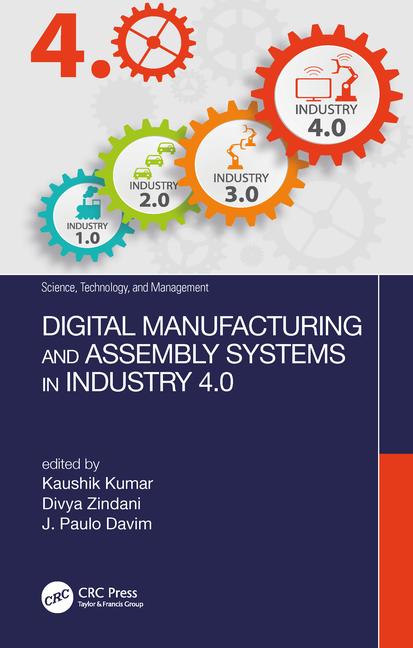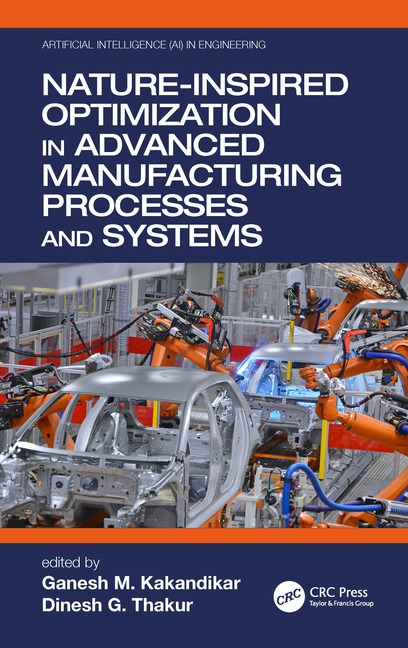Assembly In Action: Manufacturer Leak-Tests Refrigeration Systems
Hill PHOENIX Inc. used helium leak detectors
to ensure that all welded joints, mechanical joints and externally supplied
components were tight and would not allow any refrigerant to escape. Unfortunately, the rising price and limited supply of helium presented a
challenge for the company: Find a way to cut leak-testing costs without
sacrificing quality.

Hill PHOENIX Inc., a manufacturer of refrigeration systems for commercial installations, used helium leak detectors to ensure that all welded joints, mechanical joints and externally supplied components were tight and would not allow any refrigerant to escape. Stringent specifications allow a loss of only 0.1 ounce per year to ensure the refrigeration system will remain reliable for many years.
Unfortunately, the rising price and limited supply of helium presented a challenge for the company: Find a way to cut leak-testing costs without sacrificing quality.
To meet this challenge, the company consulted with its helium leak detector supplier, Alcatel Vacuum Products Inc. Alcatel suggested using diluted hydrogen as an alternative leak-testing gas. Although the price was right, Hill PHOENIX had some initial reservations about using hydrogen within the plant and about switching to a new detection technology, says Philip Stephenson, senior procurement engineer at the company.
Alcatel proposed using a mixture of 95 percent nitrogen and 5 percent hydrogen, which, according to ISO 10156, is safe, nonflammable and environmentally friendly. Equally important, the mixture is readily available and inexpensive.
Alcatel’s Adixen H2000 ICE leak detector was thoroughly tested at the plant. The next stage was a final cost justification and deciding how the gas would be supplied: either mixed on site, which required bulk storage of nitrogen and hydrogen, or from tube trailers with premixed gas. The tube trailer option made the most economic sense, according to Stephenson, because Hill PHOENIX was already using tube trailers with helium.
When Hill PHOENIX realized it would save almost $300,000 every year without the added burden of mixing the gas at the plant, the company purchased 15 H2000 leak detectors.
Hill PHOENIX also purchased four battery-powered versions of the detectors for use at installation sites, such as grocery stores. There, the refrigeration systems have joints that must be connected to the individual refrigeration cases, which means additional leak testing is needed.
Previously, the leak test method on-site was to first vacuum test the refrigeration system for a few hours, and then if no leaks were indicated by a pressure rise, pressurize it with the refrigerant.
“Pressure testing will not find the leaks we find in the factory and does not indicate the leak point even it does detect a leak,” Stephenson adds.
Also, pressurizing with a refrigerant is expensive and negatively impacts the environment if the gas has to be vented to repair a leak. Pretesting the completed refrigeration system with N2-H2 and the H2000 ICE detector finds the significant leaks that the pressure test does not and also pinpoints the leak site. Repairs and rechecking can often be made without venting the gas, says Stephenson.
For more information on helium leak detection, call 781-331-4200 or visit www.adixen-usa.com.

Adixen H2000 ICE leak detectors use diluted hydrogen
rather than helium. Photo courtesy Alcatel Vacuum Products Inc.
Hill PHOENIX Inc., a manufacturer of refrigeration systems for commercial installations, used helium leak detectors to ensure that all welded joints, mechanical joints and externally supplied components were tight and would not allow any refrigerant to escape. Stringent specifications allow a loss of only 0.1 ounce per year to ensure the refrigeration system will remain reliable for many years.
Unfortunately, the rising price and limited supply of helium presented a challenge for the company: Find a way to cut leak-testing costs without sacrificing quality.
To meet this challenge, the company consulted with its helium leak detector supplier, Alcatel Vacuum Products Inc. Alcatel suggested using diluted hydrogen as an alternative leak-testing gas. Although the price was right, Hill PHOENIX had some initial reservations about using hydrogen within the plant and about switching to a new detection technology, says Philip Stephenson, senior procurement engineer at the company.
Alcatel proposed using a mixture of 95 percent nitrogen and 5 percent hydrogen, which, according to ISO 10156, is safe, nonflammable and environmentally friendly. Equally important, the mixture is readily available and inexpensive.
Alcatel’s Adixen H2000 ICE leak detector was thoroughly tested at the plant. The next stage was a final cost justification and deciding how the gas would be supplied: either mixed on site, which required bulk storage of nitrogen and hydrogen, or from tube trailers with premixed gas. The tube trailer option made the most economic sense, according to Stephenson, because Hill PHOENIX was already using tube trailers with helium.
When Hill PHOENIX realized it would save almost $300,000 every year without the added burden of mixing the gas at the plant, the company purchased 15 H2000 leak detectors.
Hill PHOENIX also purchased four battery-powered versions of the detectors for use at installation sites, such as grocery stores. There, the refrigeration systems have joints that must be connected to the individual refrigeration cases, which means additional leak testing is needed.
Previously, the leak test method on-site was to first vacuum test the refrigeration system for a few hours, and then if no leaks were indicated by a pressure rise, pressurize it with the refrigerant.
“Pressure testing will not find the leaks we find in the factory and does not indicate the leak point even it does detect a leak,” Stephenson adds.
Also, pressurizing with a refrigerant is expensive and negatively impacts the environment if the gas has to be vented to repair a leak. Pretesting the completed refrigeration system with N2-H2 and the H2000 ICE detector finds the significant leaks that the pressure test does not and also pinpoints the leak site. Repairs and rechecking can often be made without venting the gas, says Stephenson.
For more information on helium leak detection, call 781-331-4200 or visit www.adixen-usa.com.
Looking for a reprint of this article?
From high-res PDFs to custom plaques, order your copy today!






